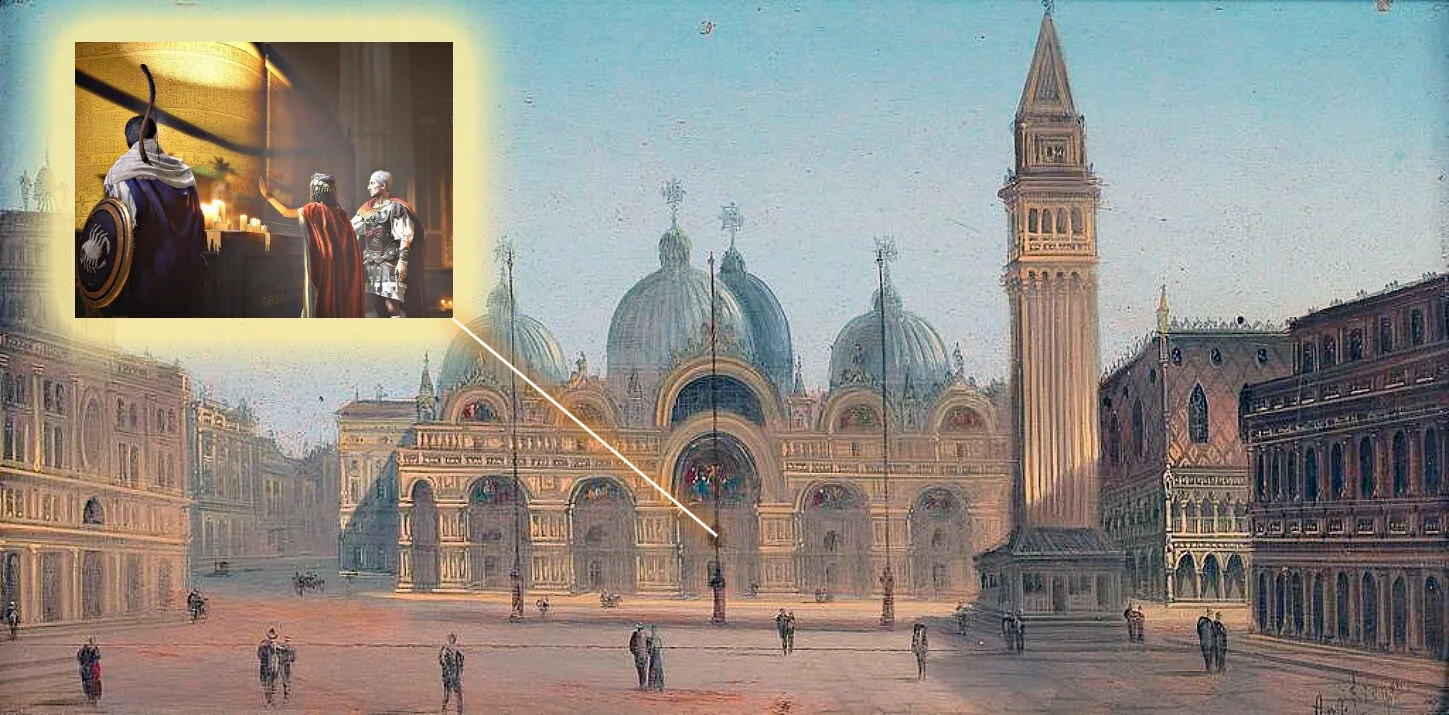Around 1000 BC, Athenian immigrants crossed the Aegean Sea and made their way to what is now Turkey, where they founded the city of Ephesus. The worship of Artemis, a goddess of hunting, wild animals, chastity, and childbirth, was one of the cultures and practices the colonists brought to the area. They built a huge temple in her honor.
The temple ruins at Ephesus. (Credit: Carole Raddato / Wikipedia)
The temple, which took more than a century to construct, according to the historian Herodotus, immediately gained recognition as one of the seven wonders of the ancient world, among other man-made wonders like the Mausoleum at Halicarnassus, the Colossus of Rhodes, and the Statue of Zeus at Olympia. The Artemisium, as it was sometimes known, was one of the first Greek temples to be constructed completely of stone. It was an incredible 429 feet (131 m) long and 259 feet (79 m) broad. It was likely constructed on an elevated plateau, making it earthquake- and flood-resistant, according to archeological findings. According to records kept by the Roman philosopher Pliny the Elder, there were 127 columns, each measuring 65 feet (20 meters) high, constructed in the Ionic order of classical architecture, and adorned with scenes from Greek mythology, as shown by one specimen that was brought to the British Museum in the 19th century.
Several life-size statues of Artemis herself, the largest of which was positioned in the center beneath a partially opened roof, completed the construction. Today, the Artemisium is better remembered for its notorious destruction in 356 BC than for its painstaking design, which occurred due to Herostratus, a disgruntled citizen rather than a natural calamity as its architects had feared.
Damnation of memory
Herostratus, who by pure coincidence destroyed the world wonder on the same night Macedonian conqueror Alexander the Great was born, is a man about whom nothing is known. His social status was likely poor because he was either a former slave or the son of a slave, according to historians. The arsonist, who upon his arrest stated that he committed this unimaginable crime because he was seeking kleos: infamy, reputation, may have been best described by the Russian poet Semyon Nadson. Nadson hypothesizes that Herostratus' determination to destroy the Temple of Artemis was motivated by the sobering understanding that he was but a "maggot squashed by destiny, in the midst of the countless hordes," and that doing so was the only way for him to make his mark on history.
The Ephesian authorities believed that the death penalty did not adequately reflect the seriousness of the offense. Herostratus was sentenced to death as well as damnatio memoriae, which forbade mentioning his name in writing or conversation moving forward. This was done in order to severely punish the fame-seeking criminal.
Damnatio memoriae was a common practice in classical antiquity, with the Roman writer and grammarian Aulus Gellius explaining that terms like inlaudatus and inlaudabilis were used to refer to "one who is worthy of neither mention nor remembrance and is never to be named; as, for example, in days gone by the common council of Asia decreed that no one should ever mention the name of the man who had burned the temple of Diana [the Roman name for Artemis] at Ephesus." The punishment was given to Marc Anthony by Augustus, the founder of the Roman Empire. Although not from the ancient world, Joseph Stalin treated his foes similarly.
Ironically, damnatio memoriae frequently had the reverse result, maintaining rather than wiping out a person's memories. Even if he was briefly forgotten, Anthony is still as well-known in history as Augustus. For his part, Herostratus is now much more well-known than the skilled masons who built the temple. Theopompus, a historian from the island of Chios who did not fall under the jurisdiction of Ephesus and, in his quest to record events as accurately as possible, mentioned the destroyer of the Temple of Artemis by name in his biography of King Philip II, the Philippica, ensured that his legacy survived despite being overlooked by historians from his hometown.
Theopompus' material was later included in the writings of the Roman historians Plutarch, Valerius Maximus, and Gellius as well as the Greek geographer Strabo.
An illustration of Herostratus. (Credit: Rijksmuseum / Wikipedia)
Herostratus disorder
Not only is Herostratus' legacy preserved in history, but also in literature, philosophy, and the arts. The English polymath Thomas Browne observed the poetic irony of the murder and its motivation in his 1658 work Hydriotaphia, writing:
“But the iniquity of oblivion blindly scattereth her poppy, and deals with the memory of men without distinction to merit of perpetuity… Herostratus lives that burnt the Temple of Diana, he is almost lost that built it… Who knows whether the best of men be known, or whether there be not more remarkable persons forgot than any that stand remembered in the known account of time?
The Don Quixote author Miguel de Cervantes, the English poet Geoffrey Chaucer, and even Russian director Andrei Tarkovsky in his film Stalker all made use of the same sarcasm. The eponymous short novella by French existentialist Jean-Paul Sartre is a particularly thorough homage to Herostratus. Inspired by the classic tragedy, Erostratus follows Paul Hilbert, a Parisian who, suffering from impotence and low self-esteem, decides to pick up a gun and begin randomly killing bystanders.
Literary critics have noted that Sartre's story, which was first published in 1939, has a startling resemblance to the recent headline-grabbing atrocities of serial killers and religious terrorists. These people, in the words of Matthew Fraser, author of Monumental Fury: The History of Iconoclasm and the Future of Our Past, utilize violence to make "a desperate claim on personal identity." They are channeling their inner Hilberts and Herostratuses. The ethnologist Pierre Centlivres linked the destruction of the Temple of Artemis to the Islamist destruction of historic Buddhist structures and artifacts in Afghanistan more than 2,000 years later, describing both as "attacks against piety and beauty, a religious offense and an outrage to an art monument." Or, to put it another way, a sacrifice in all its contradictory forms.
In fact, these modern imitators of Herostratus resemble him so much that sociologists and criminal psychologists today refer to it as the "Herostratus syndrome." The symptoms, as outlined by Polish psychologist Michael Myslobodsky in his book The Fallacy of Mother's Wisdom, are as follows: Jean-Paul Azam and Mario Ferrero define it as affecting "people who perpetrate odious attacks for the sake of infamy."
“Signs of deep humiliation due to public revelation (actual or imagined) of either personal inadequacies (assumed or genuine) or those presumably shared via the membership in groups; Attribution of unhappiness and resentment to individuals who belong to salient factions or institutions; Relative prosperity of adversaries that is considered unfair; Feeling of being trapped in a punitive situation with no way of recovery from the current bleak state unless the enemy suffers recognizable injury or pain; A culture of redemption and recovery through retribution; Unquenchable craving for recognition and immortality.”
It seemed that Herostratus won the joke at first look. That is not the case, though. Even if he earned a modest place in history, what we remember about him is what he accomplished, not who he was. Even though the Temple of Artemis destruction has been extensively examined, very little is still known about his life before that fatal night. Because of this, even his reasons are still a matter of conjecture.








